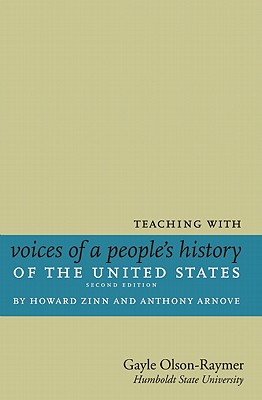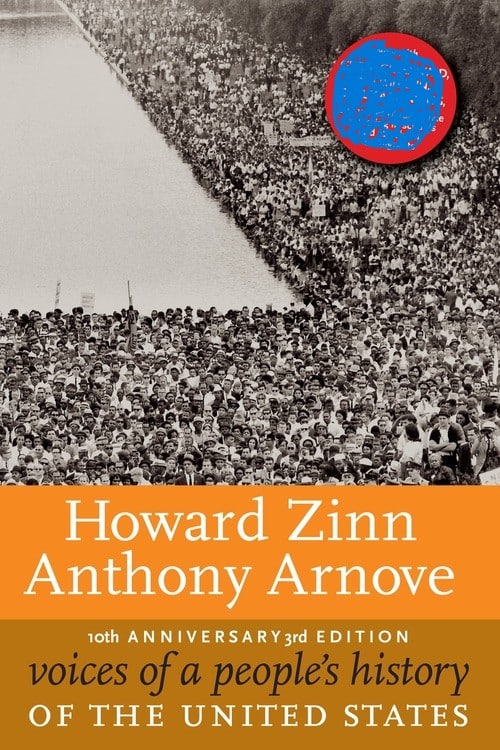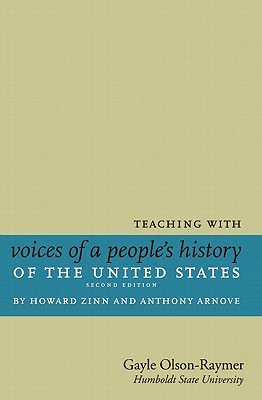
One of the problems with telling the history of slavery from the standpoint of the victors is that the stories often paint a benign picture of the “peculiar institution” of slavery. While most of our students are quick to condemn such an interpretation, very few know much about the way enslaved African Americans felt about bondage. Likewise, while most of our students know something about resistance to enslavement, they know little about the full extent of such resistance or the actual involvement in and commitment to resistance by the enslaved. They often know about the voices and actions of famous white abolitionists — John Brown, William Lloyd Garrison, Harriet Beecher Stowe — and a few important black abolitionists — Frederick Douglass and Harriet Tubman — but they are largely unfamiliar with the voices of ordinary African Americans — enslaved or free.
The documents in this chapter provide ample evidence that many of the ordinary men, women, and children who were enslaved drew upon vast resources of conviction, courage, and cunning to plan their escape, stage revolts, file petitions with colonial governors, and plead with the men in power to grant them their freedom. Most of the enslaved were neither passive nor pleased with their enslavement, neither cheerful about nor complacent with their living and working conditions. And when they did love their masters and the families they served, their affection was tinged with mistrust, uncertainty, and fear.
Reprinted from Teaching with Voices of a People’s History of the United States, published by Seven Stories Press.









Twitter
Google plus
LinkedIn